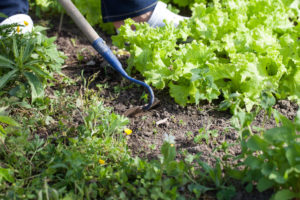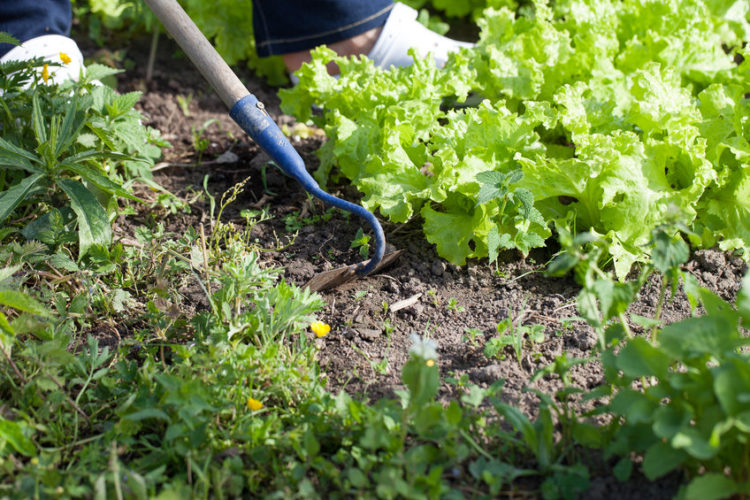 If you intend to plant some edible “leafy greens” in your garden and the summertime has passed, have no fear!
If you intend to plant some edible “leafy greens” in your garden and the summertime has passed, have no fear!
Fall is the golden time to get the deed done. The growth of leafy greens is not restricted to fall only. They can excellently thrive in the fall temperature- and even into the frosty winter season!
In fact, the yield of these plants during fall is sometimes better than in the summer. The harvest of these greens depends upon the timing. Those vegetables that exhibit cold-tolerant tendencies have a better chance of surviving through the fall and early winter.
While some varieties tend to grow better through nourishment and summer temperature. Therefore, choose the greens according to the season.
Growing the Greens
Following are some of the details that you must consider while growing the leafy greens during the fall.
Required Temperature
Most greens require a 70°F temperature that is ideally present around fall. For some veggies, such as kale, the temperature even lower, down to 50°F as sustainable.
The truth is, germination period of the seed suffers when the temperature is above 70°F, so cooler temperatures are actually safer. Most other leafy greens can grow and nourish in that same range of 50 to 70 degrees.
Therefore, sow the seeds somewhere between the end of July to mid-September, depending on your local weather patterns. A close eye to the temperature and precipitation can provide a chance to take advantage of an incredible period of nourishment in your garden.
The Soil
Before sowing the seeds, ensure that the soil can hold the plants. Fall can be tough on some plants. Thus, enriching the soil assists the plants in fighting the harsh conditions.
Learn more HERE about testing your soil conditions, so you know how to optimize the health and growth of your fall veggies.
Furthermore, treating the soil is necessary to prevent weed growth during the plant yield. Prior to plantation use pre-emergent and post-emergent herbicides to create the soil beds. Just be sure you don’t use an herbicide that targets broadleaf weeds, as this may harm your vegetables.
Counter the Cold
Nights during fall are comparatively colder than the days. They can affect plant growth and sometimes may even cease it.
In such cases, plants go dormant and do not produce yield on the set time. Therefore, during the night, cover the seedlings with a cloth or garden quilt.
Fall Greens
Following are some of the varieties you can grow during fall.
Iceberg Lettuce
The cabbage-like bulbs of iceberg lettuce grow optimally during the fall season. They require a cooler temperature for maturity and produce the best harvest during the early winters.
Sow the seeds directly into the soil rather than starting them indoors. This lettuce requires a kick-start of nourishing fertilizer to boost its initial growth.
Kale
Also known as leafy cabbage, kale grows ideally during the fall season. The nutrient-rich plant shows high growth when paired with other fall greens.
Kale requires moist and enriched soil for growth, so be prepared to tend to this plant regularly. These vitamin-abundant greens may take up to 95 days before sprouting.
Our friends at JC’s Landscaping have additional education for you about When to Plant Fall Vegetables.
Spinach
The cool-season crop takes 37 to 45 days until the seedlings emerge. It requires moist fertilizer-rich soil for growth, so make sure you take time for regular tending of these plants.
Spinach develops thick taproot, meaning you want to aerate the soil as deeply as 1 foot before transferring the seedlings into your yard. This practice helps ensure that the roots get enough oxygen as the plant matures.
Keep in mind that fresh, small spinach leaves are sweeter and softer than their larger, more bitter counterparts.
Once you’ve got everything planted and ready to go, you will certainly want to know the Best Ways to Water Your Vegetable Garden.
Harvesting spinach regularly will prompt the plant to continue producing fresh leaves through its active growth season. This is a great way to keep your table full of deep leafy greens that boost your family’s overall health!
Conclusion
Leafy greens may show optimal growth during the cold season if the soil has sufficient nutrients and remains moist. These seeds do not require pre-soaking treatments and can be sown directly. So, take advantage of the fall and grow your favorite greens.
